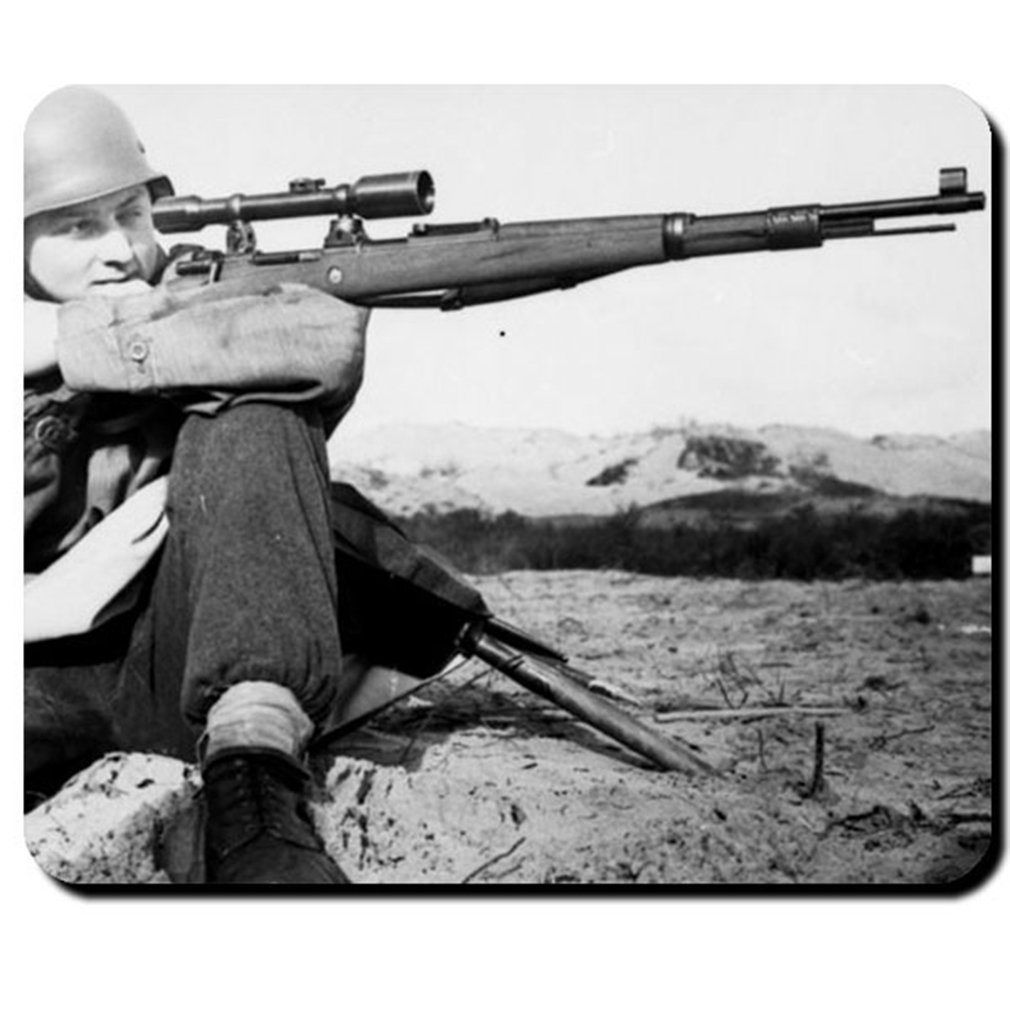Britain wasn’t alone in providing tailored firearms to special operations units during World War II. Most countries involved in the war expended at least some effort doing likewise, and Germany was no exception. A number of German special weapons and components from WWII are well known to collectors and enthusiasts, even while others remain obscure. In this multipart series we’ll explore some of these, beginning with sound suppressors.
Whereas today sound suppressors are standard issue for snipers, and sometimes even for less specialized infantry personnel, during WWII they were rare indeed. Nonetheless, Germany produced a wide variety of such devices during the period. The utility of the concept was clear: German troops, not unlike those of other nations, were finding themselves in situations that required them to be as quiet as possible, even if they became engaged.
The Germans put serious thought and effort into suppressors for their K98k and MP 38/40, in particular. At least one model for the K98 was of the quick-detach variety, popping off and on by way of a bayonet lug mount, while another was designed around the cup-style K98 grenade launcher. Although information concerning their use is sparse, we do know they were generally effective, and part of what made them so was a German close-range 7.92×57 round that featured greatly reduced power and report. Incidentally, these cartridges are scarce on today’s collectors market, and a box of them, if found, would command a premium.
The Germans also designed a suppressor to fit the MP 44 series of weapons. It is interesting to consider that, at least in theory, a German soldier in 1944 could have been issued a suppressed select-fire assault rifle with a quick-detach 4x optic and a night vision device.
Any original K98 or MP 44 suppressor must be considered among the rarest of collectibles. The author has never seen one of them for sale, neither has he tested one or even examined one up close. However, certain original WWII German suppressors, such as one designed for the MP 38/40, do pop up every once in a while. The utility of this model, in particular, is obvious: Maintain a reduced signature, but still be able to engage the enemy with substantial firepower.
Whether issued to special operators, or to line units for “snatch and grabs” — the preferred method of gaining battlefield intelligence on the enemy at the time — the suppressed MP 40 was a useful platform. And unlike the poor STEN suppressor, the MP 40 suppressor actually worked well. The author has verified this himself by firing about 90 rounds through one at a range session. It did an excellent job dampening the signature of modern, American-made 123-grain NATO 9mm.
In the next installment, we will explore specialized firearms.

Very interesting article I like reading about German firearms and weapons of the day they were far ahead of their time
Hey thanks for the history lesson. My dad was in North Africa, Italy and Germany. I used to get him to tell me war stories. I love hearing facts and stories of the Great War. Now I get my son to tell me stories about Iraq and Afghanistan. I was in right after Vietnam and never deployed. I do own four K98s. What a weapon.